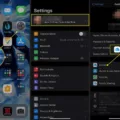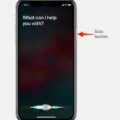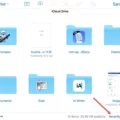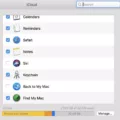If you’re like most people, you may find yourself running out of storage space in your iCloud Drive. With iCloud Drive, you can store files, photos, videos, and more in the cloud so you can access them from all your devices. But if your storage space is getting full, it might be time to delete some files from iCloud Drive in order to free up some room.
In this blog post, we’ll show you how to easily delete files from iCloud Drive so you can make the most of your available storage space.
First off, open the Settings app on your device and then tap on “iCloud”. Here, select “Manage Account Storage” or “Manage Storage” and then tap on “Backups”. This will give you a list of all the devices that have backups stored in iCloud. Tap on the name of the device whose backup you would like to delete and then tap “Delete Backup”. Now confirm that by tapping “Turn Off & Delete” when prompted.
You can also delete files stored in iCloud Drive directly from your device without having to go through the Backup section. To do this, open the Settings app again and select “iCloud” followed by “Manage Storage” and then “iCloud Drive”. You will now see all the files stored in iCloud Drive. Swipe left on a file and then tap on the trash icon to delete it permanently from iCloud Drive as well as all devices with iCloud Drive enabled.
Keep in mind that deleting a file from iCloud Drive will remove it permanently from all your devices with iCloud enabled so be sure to only delete what is necessary! Additionally, if you need more storage space than what is available for free with an Apple ID (5GB), you can always upgrade your plan for an additional fee per month.
We hope this post has been informative and helpful! If you have any questions or comments about deleting files from iCloud Drive or upgrading your plan for additional storage capacity please feel free to leave them in the comments section below!
Deleting iCloud Drive to Free Up Space
Yes, you can delete iCloud Drive to free up space. To do this, go to Settings > [your name], then tap iCloud. Tap iCloud Drive, and you will be able to delete any documents or folders that you no longer need. Be aware that deleting items from iCloud Drive will also delete them from any other device connected to your iCloud account.
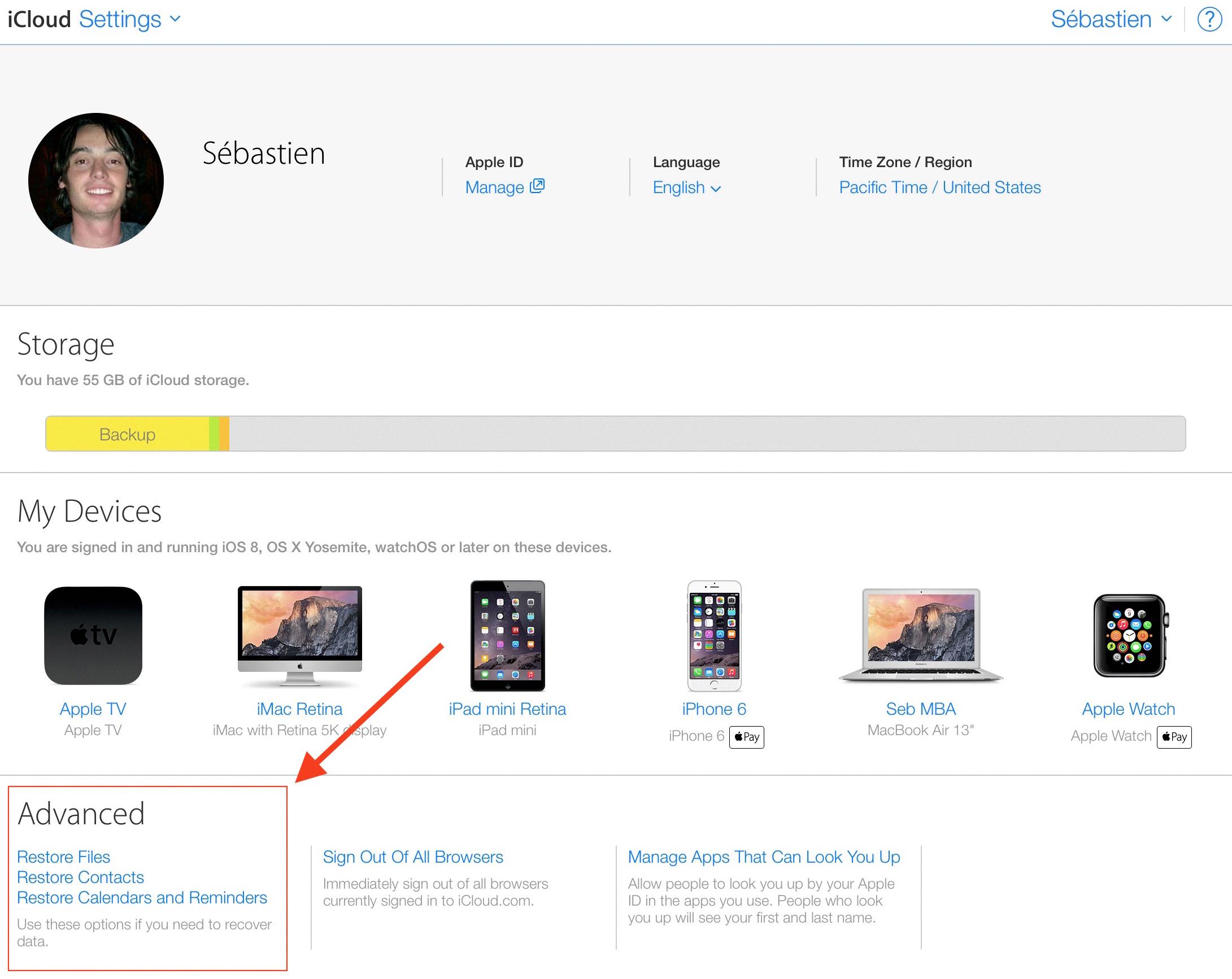
Source: idownloadblog.com
Clearing iCloud Drive
Clearing your iCloud Drive is a simple process. First, open the Settings app on your device and select Apple ID at the top of the screen. Then, select iCloud from the list of options and choose Manage Storage in the next menu. From there, you’ll be able to see your iCloud Drive and all of its contents.
To delete files from your iCloud Drive, simply swipe left on each file that you want to delete and tap the trash icon that appears on the right side of the screen. You can also delete entire folders by tapping on the folder itself so that it expands, then tapping on Select at the top-right corner of your screen. After selecting all files and folders that you wish to delete, tap on Delete at the bottom-right corner of your screen to clear them from your iCloud Drive.
What Uses iCloud Storage?
ICloud storage is used to store various types of data, including photos, videos, documents, app data, and email attachments. Photos and videos take up the most space due to their large file sizes. Other types of data that take up iCloud storage include documents and spreadsheets created in iWork apps such as Pages, Numbers, and Keynote; backups from Apple devices such as iPhones, iPads, and Macs; and any emails or attachments sent through Mail. Additionally, any notes created in the Notes app will also be stored in iCloud. As you can see, there are many different types of data that can take up iCloud storage.
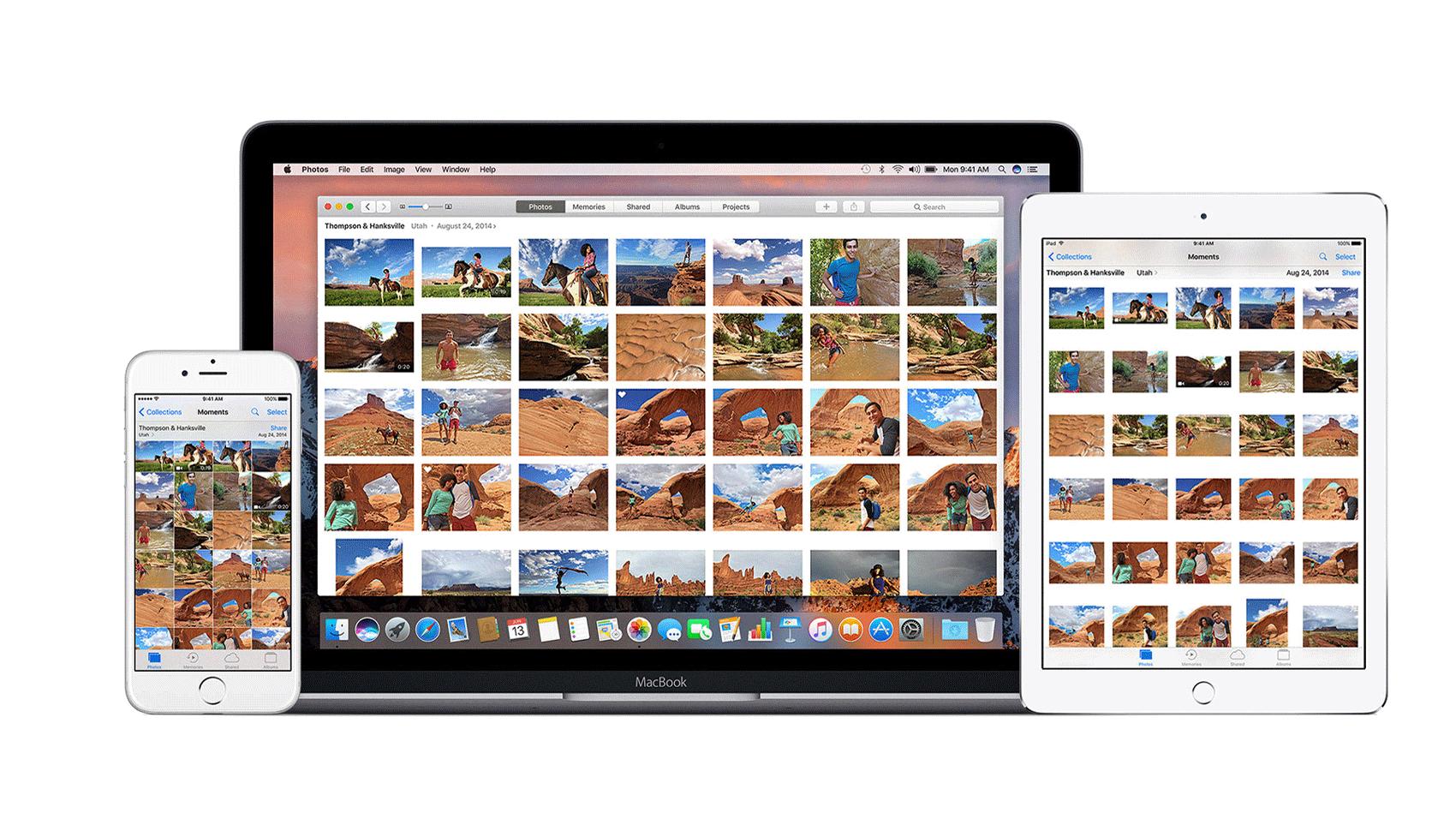
Source: macworld.com
Effects of Turning Off iCloud Drive on iPhone
If you turn off iCloud Drive on your iPhone, any documents stored in iCloud Drive will no longer be accessible on your device. Any changes made to those documents will not be synced across devices. Additionally, any new documents created on the device will not be backed up to iCloud Drive. If you want to keep these documents in iCloud, make sure that iCloud Drive is turned on before making any changes or creating new documents.
Consequences of Canceling iCloud Drive
When you cancel your iCloud Drive subscription, Apple will reduce your storage capacity to the free 5 GB. You will not be able to store any new files in iCloud, but you will still have access to all of the existing files stored in iCloud for up to 30 days. After 30 days, if you have any files that are taking up more than the 5 GB of free storage, Apple will delete them to reduce your account back down to the 5 GB limit. You can download and save a copy of any file before that happens if you need it.
Conclusion
In conclusion, iCloud Drive is a great way to store and access files from any of your Apple devices. It offers 5GB of storage for free and up to 2TB of storage with an upgraded plan. You can easily delete files from iCloud Drive to free up space, or you can choose to delete an entire backup if you no longer need it. With iCloud Drive, you can access your files on all your Apple devices, making it a great choice for anyone looking to store their documents securely in the cloud.

